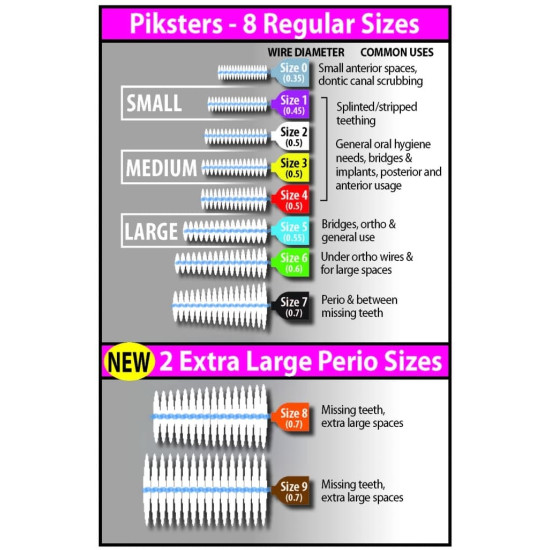



FREE Shipping Over - $79
NZ Shipping Costs:
Auckland Area - $4.99
Outside Auckland - $7.99
Rural Area - $9.99
Australia Shipping Costs:
Please click for
Delivery Information
- MPN: (10 brushes per pack)
- Location: Auckland New Zealand
For export, wholesale, bulk buying or buying in bulk enquiries please contact our head office.
Phone: 022 370 8818
Email: [email protected]
NZ Health Supplements & Beauty Products Store - HealthPorter NZ
HealthPorter NZ are New Zealand's leading vitamins & supplements online store, 100% NZ Owned & Operated.
Buy health supplements and beauty products in NZ from the online store that sell the best brands for less. From supplements that benefit your health to contact lenses and fragrances, you can buy cheaper in NZ online.
Your Satisfaction and your health is very important to us, If you need any help in any way please contact us using the details below :
- Ask a direct question related to this product on the Product questions tab
- Email us: [email protected]
- Call us : 022-370-8818
- Use the chat widget, at the Bottom Right of screen to chat with us if we are Online or simply leave us a message.
See below more products on the same range or class that may help you, don't forget that we offer Free NZ shipping on orders over $79.
Happy shopping for healthier living!






